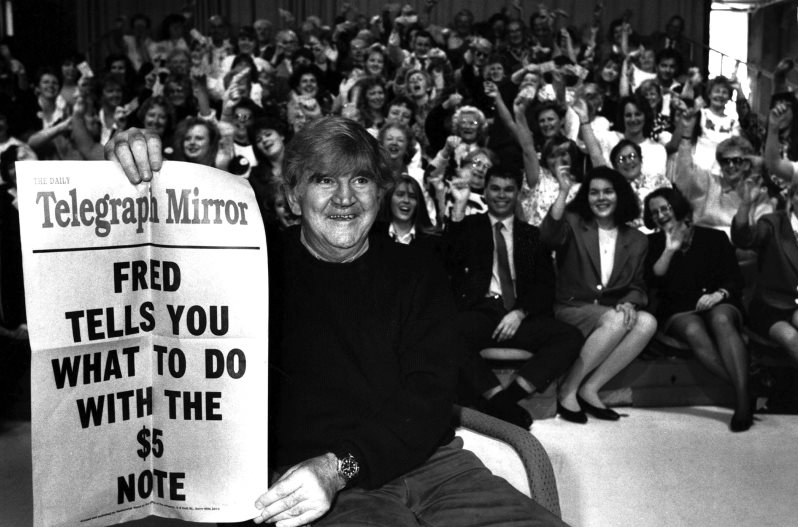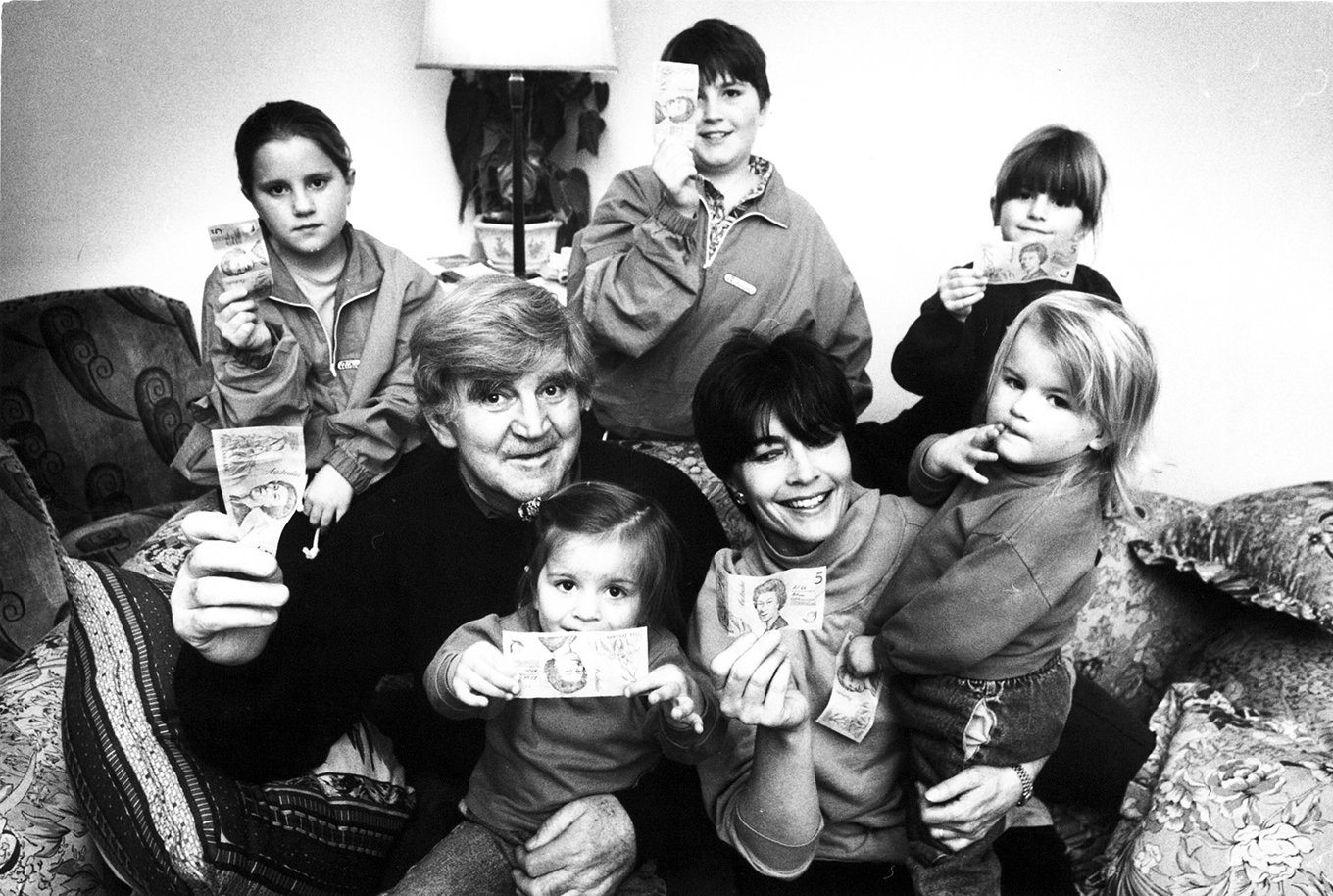Our distinct purple bank note features the Queen on one side and Parliament House on the other. But did you know that the $5 note is the only Australian bank note which doesn’t recognise a great Australian?
Sure, Parliament House is an important building, but we think it’s time to replace that image with one of our most inspiring Australians: Professor Fred Hollows.
It’s been
25 years since Fred Hollows was named Australian of the Year. Coincidentally, 2016 is also the year that the
Reserve Bank will release the next generation of $5 notes. These new notes will include a tactile feature for the vision impaired. There's really no better time to celebrate one of the greatest pioneers of eye health and
get Fred on the Fiver!
We’ve started the design process and now
we need your help. If you agree that Fred Hollows is one of the greatest Australians that ever lived, then
sign our petition.
When Fred asked for something,
you couldn't refuse...
- Ray Martin - Award-winning Journalist

One of Fred’s greatest achievements was organising labs that build intra-ocular lenses (IOLs) that cost – you guessed it - $5. Before Fred Hollows, IOLs used to cost over $150. This was far too much for many in developing countries which meant a life of blindness.
Fred couldn’t stand the injustice, so he engineered the famous
Give Fred a Fiver campaign to raise money and awareness for eye health. As his friend Ray Martin says, ‘when Fred asked for something, you couldn’t refuse.’

Help us honour Fred
Fred’s efforts and the lower cost of IOLS mean that millions worldwide can now see – and it all started with a fiver. Today, it still only takes just five fivers - $25 - to restore sight in some countries.
We think it’s incredible that one person could affect so much change. If you agree, then let’s honour this great Australian: let’s get Fred on the Fiver!
Sign our petition today.